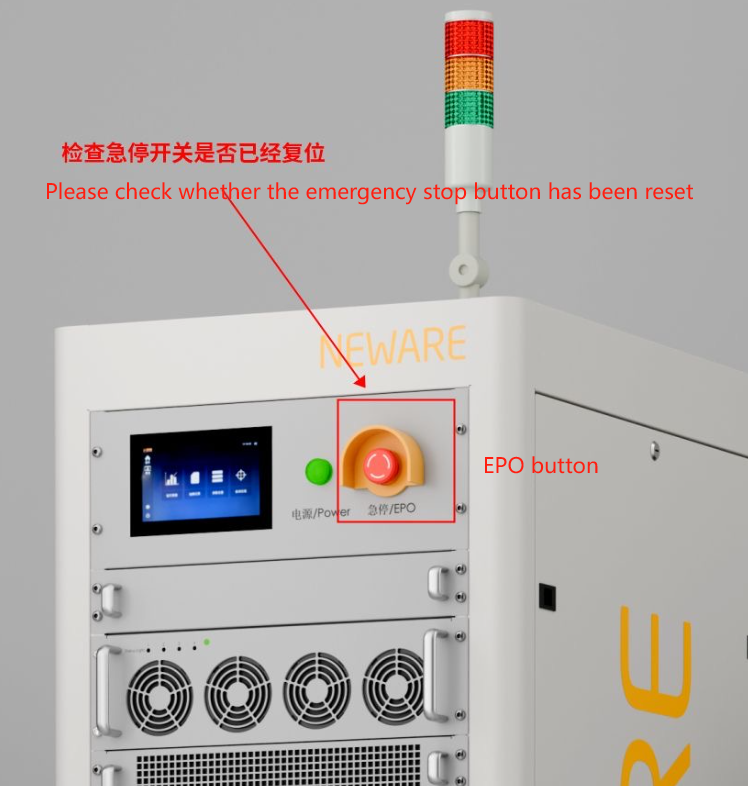
Test methods for improved battery cell understanding
Comprehensive Guide to Battery Testing: Understanding and Implementing Effective Test Methods Battery testing is a critical process in the development and validation of high-performance, safe, and reliable battery systems. Whether for electric vehicles, renewable energy storage, or consumer electronics, rigorous testing ensures that batteries meet the required standards and perform optimally over their intended lifespan. This article provides a comprehensive overview of the test methods outlined in the draft white paper titled “Test methods for improved battery cell understanding,” which is a collaborative effort under the European Community’s H2020 Research Programme. The paper aims to enhance the understanding of battery cell behavior through standardized testing procedures. Introduction to Battery Testing





